In 2291, in an attempt to control violence among deep space miners, the New Earth Government legalized no-holds-barred fighting. Liandri Mining Corporation, working with the NEG established a series of leagues and bloody public exhibitions. The fights' popularity grew with their brutality.
Soon, Liandri discovered that the public matches were their most profitable enterprise. The professional league was formed. A cabal of the most violent and skilled warriors in known space, selected to fight in a Grand Tournament.
Now it is 2341; fifty years have passed since the founding of Deathmatch. Profits from the tournament number in the hundreds of billions. You have been selected to fight in the Professional League by the Liandri Rules Board. Your strength and brutality are legendary. The time was come to prove you are the best.
To crush your enemies.
To win the tournament.
Welcome back to another retrospective, this time taking a look at the 1999 game of the year, Unreal Tournament! What you've just read is the cinematic introduction to the game, and about half its lore. If you don't know this game, you must've at least seen its most famous map. For a little historical context, here's some other, obviously less important things that took place in 1999:
- The establishment of the Euro.
- Napster is born.
- Tori Murden becomes the first woman to cross the Atlantic ocean by rowboat alone, taking 81 days and traveling 5,486 kilometers (2,962 nautical miles).
Sure, I guess the Euro is still in use, but did it have as big an effect on gaming as Unreal Tournament? I think not!
UT, or UT99 as we'll refer to it throughout this story, was the sequel to 1998's Unreal, also a first-person shooter but one that's remembered more for its campaign rather than its multiplayer.
UT99 was designed from the ground up to be an arena shooter (initially as an expansion to Unreal), but also featured a campaign structured as a series of matches against bots on several of UT's multiplayer maps. Its success spawned several sequels: Unreal Tournament 2003, released in 2002, Unreal Tournament 2004, and Unreal Tournament 3 in 2007. Epic Games had planned to develop an Unreal Tournament 4 in the mid-2010s hand in hand with the community, but unfortunately, that team was repurposed to help develop Fortnite, which had become a massive hit. As such, the fate of the Unreal Tournament franchise is up in the air.
Last year, there were rumors that Epic was planning to refurbish all the UT titles and release them as free-to-play and able to run on modern systems, but later in the year they were all removed from both Steam and GOG. We do not know if this plan is still in motion, but if it is, they'll probably end up on the Epic Games Store one day. To wet your appetite, we've prepared a quick gameplay preview of an 8-bot Deathmatch! It's set on all the basic settings, and we've kept the bots slightly weak so things don't get out of hand and you get a clearer picture of the gameplay:
An Unreal Legacy
To say this game was influential to the future development of shooters is an understatement. Like most popular early arena shooters, Unreal Tournament shares credit for developing several aspects of gaming culture we take for granted today: E-sports, modding, machinima, strong AI, movement as a system with a lot of competitive depth, and more.
Scott Mercer of Overwatch confirmed that Sombra's teleporter was a clear influence from Unreal Tournament's translocator. Borderlands 3 has the Shock Rifle remixed as a Sniper Rifle, the only difference being you have to zoom in to shoot the bolt.
Perhaps most of all, however, Unreal Tournament showcased the unbridled power of Unreal Engine 1. It was smooth, it was easy to use, it was beautiful for the era. The engine's popularity skyrocketed, and here we are today, with Unreal Engine 5 being such a powerful and versatile engine that it's used in a plethora of other industries: auto design, movies, architecture and even concerts.
You may have noticed there aren't that many arena shooters today. At least, they don't feel the same. Let's first define some of the core pillars of an arena shooter:
- A varied set of weapons that are versatile. For example, UT's weapons have 2 firing modes each.
- The ability to pick up and carry as many weapons as you find, not restricted to 1-3 at once.
- Health and armor pickups scattered around the arena.
- A focus on fast-paced combat and movement mechanics to gain an edge.
- A lack of upgrades mechanics, perks or other advantages that you could, say, enable outside a match.
- Arena maps that are designed to take advantage of both the movement system and the various weapon mechanics at play.
There are, of course, a plethora other shooters that meet lots of these conditions. Halo's maps, for example, are designed to 'work tightly' in conjunction with its other gameplay mechanics, but you can only carry two weapons at once, your health [mostly] regenerates automatically, and there's very little in the way of movement mechanics - at least in the older games, before sprinting, clambering and crouch sliding were introduced.
A lot of this shift in the way shooters started being designed in the 2000s is owed to consoles. Having to map controls to a joystick meant having to slow down moment-to-moment gameplay. You can see this clearly if you compare how fast UT99 runs compared to Unreal Tournament 3, a sequel that, in many ways, returned to its UT99 roots in its weapon selection and balance, while keeping it modern with vehicle combat and whatnot.
Click on each image for a better view. Left: Translocator beacon deployed. Right: Just teleported to its location, as the blue swirlies indicate!
Gameplay
Let's get right into it. Unreal Tournament pits you against players or bots in a variety of game modes, with a variety of weapons, and a variety of absolutely awesome musical bangers. Almost every part of the match experience can be customized with the tools the game itself provides. If there's something you want to change but can't, there's most likely a mod that'll do it for you!
Game Modes
Unreal Tournament comes with more distinct game modes than many shooters will develop in their lifetime today:
- Deathmatch - a solo endeavor to be the first to reach a set number of kills.
- Team Deathmatch - a team endeavor to be the first team to reach a set number of kills.
- Capture the Flag - a team endeavor to be the first to capture the enemy team's flag, while yours is still in your base, a set number of times.
- Domination - a team endeavor to hold as many control points as you can until you reach a set number of points.
- Assault - a team endeavor where teams take turns assaulting, then defending a set of objectives that the assaulting team must activate or destroy before time runs out. If the initial assaulting team succeeds, the other team only has the time it took the first team to succeed to do the same and win.
- Last Man Standing - a reverse Deathmatch where each player has a preset amount of lives and must avoid dying in order to outlive all their opponents.
You're probably familiar with most of these game modes. Domination is also called 'Territories' in other games and has seen several different takes on it over the years. Last Man Standing is unfortunately a game mode that rarely gets enough love from the industry at large, and is now almost exclusively referred to as Battle Royale - a fun genre in its own but not an arena shooter by any margin.
Assault is perhaps UT's most unique game mode. Its lack of presence in future shooters, even the UT franchise, isn't a big surprise - the maps are much more complicated to design than your run-of-the-mill, mirrored Deathmatch arena. The game mode only showed up again in Unreal Tournament 2004. It's a bit of a shame - on the one hand, it has its issues, namely how the paths to a lot of the objectives the assaulting team must reach are long, narrow death corridors, but it's a good palette-cleanser for when you still want to play an arena shooter but want something a little different.
Click on each image to zoom in. Left: The objective panel for this Assault mission. Right: Yup, you're assaulting an underwater base!
Weapons
Unreal Tournament 1999 features 13 weapons and allows you to carry up to 12 at once. Weapons do not have to be reloaded and most of them can carry a sizable amount of ammo, ensuring you never run out as long as you know where the ammo spawns!
The Impact Hammer and the Chainsaw are the only melee weapons, and you always spawn with either or. You can enable the Chainsaw, disabling the Impact Hammer, in the Mutators window. Quite deadly if connecting with the opponent, they are great for when you bump into somebody when turning a corner or out of desperation when you're out of ammo! They have infinite ammo, because they have no ammo.
The Translocator is a hand-held teleporter that generally shows up in objective-based game modes like Domination or Capture the Flag. Left-click to release a disk, right-click to teleport. They're essential for reaching high platforms, which often contain coveted power-ups like Invisibility or the Big Keg O' Health. They are also a weapon, of course. Ever heard of telefragging? This is it! If you teleport into another player, they instantly explode!
Each time you respawn, you've only got one of two melee weapons, maybe a Translocator, and an Enforcer, a comically thicc pistol. Even something so simple has 2 firing modes!
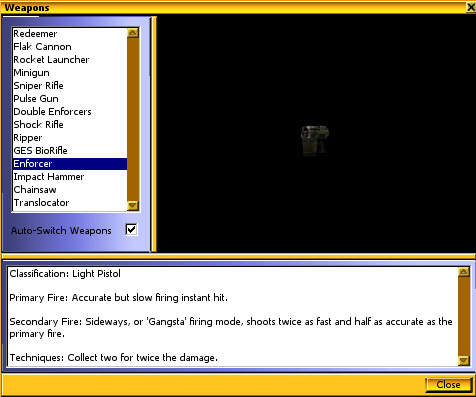
Gangsta firing mode is canon.
The rest of the weapons are a lot more unique, and a lot more awesome. Click on the box below for a description of each one:
- GES BioRifle - Releases balls of boogers that explode upon contact, but also sort of just chill on the ground for a bit before expiring, sort of like grenades. The alternate firing mode consumes more ammo to release a giant booger that can insta-kill and, if it touches the ground, releases some smaller boogers around it.
- Shock Rifle - Fires a very fast, long-range laser beam. Alternate fire launches a slower bolt. Shooting the slower bolt with the laser beam creates a giant, deadly explosion!
- Pulse Gun - Quickly fixes plasma orbs that aren't slow, nor fast but pack quite a punch. Alternate fire is a medium-range "laser line" that you can aim to basically drill into your opponents like a 3D printer drills into enamel pins.
- Ripper - One of the few weapons to not make it into UT3, it fires disks that ricochet off walls and can absolutely decapitate your enemies, and even yourself if you're not careful. The alternate fire is a slower-moving disk that explodes upon contact with any surface or flesh.
- Minigun - Sharing ammo with the Enforcer, the Minigun is, well, a Gatling gun. It's pretty awesome. Alternate fire shoots bullets even faster but at the cost of worse aim.
- Flak Cannon - My personal favorite. Shoots ricocheting shrapnel all over the place and is essentially a shotgun. Alternate fire shoots one giant grenade that explodes upon contact with any surface for massive damage.
- Rocket Launcher - Self-explanatory! Shoots a rocket. Can also lock onto targets. Can also shoot more rockets at once. Alternate fire drops one or more rockets as funny little grenades that explode on contact with a player or after bouncing on the floor a few times.
- Sniper Rifle - Honestly maybe the best sniper rifle out there. Zoom with the alternate fire button. It doesn't take you out of zooming if you get hit. It doesn't cloud the rest of the screen (outside the central circle) in darkness, so you can see around your target as well.
- The Redeemer - If you've heard of Unreal Tournament, you've probably heard of the Redeemer. It's got one bullet, but that bullet is a nuke. Shoot a giant nuke somewhere and it explodes, killing friend or foe in a massive range. Alternate fire lets you control the nuke mid-flight (leaving you vulnerable), allowing you to sneak it through corridors, behind base walls and right into an enemy!
I suppose I wrote that long list detailing every weapon in UT to showcase you don't need 18 (like Halo 3, not counting grenades) or 45 weapons (like Call of Duty: Modern Warfare) like some other games have in order to design a fun sandbox. The question shouldn't be 'Hmm, do I pick this black assault rifle or this slightly grey assault rifle?', but 'Oh, look, the only assault rifle in the game! Good thing it does everything this type of weapon should do!'.
Bonus points for weapons looking distinct and fun, not same-y like so many games do these days.
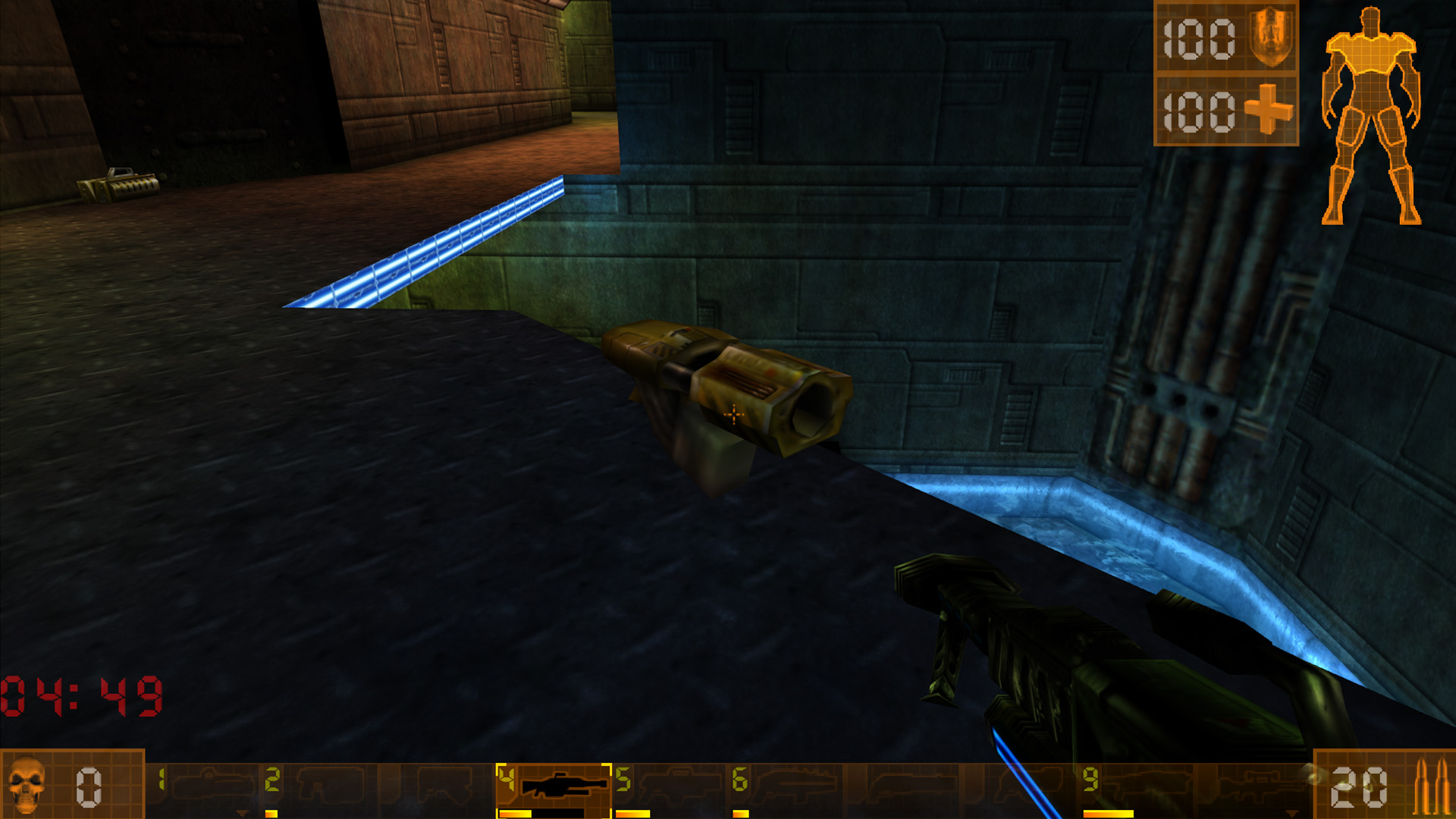
Ah, the beauty of the Flak Cannon. Even the Unreal Tournament 4 incarnation stays true to its timeless design.
Customization
Listen, it's 1999. There's no massive array of skins and character customization for you to spend hours faffing about with. There's no Marvel crossover, no Milka + Oreo promotion, and that's fine. Your UT character can be customized the following ways: Name, Model, Skin, Face, Voice and preferred team color. Considering you'll spend half the time disintegrated into bloody, chunky bits, you don't need more.
Mutators
What this section is really about is showcasing how much you can customize every match to cater to your deepest, darkest desires. For example, the Mutators we mentioned earlier. They are a collection of different effects whose impact range from "just a nice lil' bonus" to "this is a different game".
Adding Relics has them spawn around the map, giving you a boon while you're carrying them, such as health regen or becoming a living Redeemer nuke when you die. The 'Fatboy' Mutator enlarges your character model the more kills you have, and thins you out the more you die, which actually gives an advantage to lower-performing players as their hitbox also shrinks!
InstaGib gives everyone an unlimited-ammo, one-shot-kill Shock Rifle. No Powerups, No Redeemer keeps things a little more 'pure' while Stealth makes everyone invisible. Volatile Ammo & Volatile Weapon makes ammo and weapons explode if you shoot them! There's more, and a lot more you can find in various modding communities.
Rules
What about match parameters? Well, for starters, you can set the score limit, the time limit, the amount of teams (max. 4), and even Friendly Fire, which is on a slider, allowing you to decide how much, if any, of your damage would inflict friendly fire on your allies. You can also mess with the Game Speed, setting it as low as 60% and as high as 255%. Time warp! The same can be done for Air Control (0-100%), letting you restrict or broaden how much anyone can 'float' while mid-air.
You can also set the number of bots to a maximum of 16, but through console commands that number can go to 32. The AI has 8 different skill levels (Novice, Average, Experienced, Skilled, Adept, Masterful, Inhuman, Godlike) for you to choose whatever feels comfortable, but you can also let the game auto-adjust their skill for you! If those bots are becoming too fast for you to effectively swap your weapons, UT also lets you customize your weapons list by preference so you'll automatically switch to your favorite weapons when you pick them up, or not automatically switch to weapons you dislike.
Let's talk bots for a little while longer. UT comes with 32 bots. Did you know that, outside of the campaign, you can customize them to your heart's desire? Aside from the options available to yourself (yes, you can change bots' names to the ones of your sworn enemies!), bots can be edited the following ways:
- Things you can edit on a sliding scale: Skill, Accuracy, Alterness, Camping, Strafing
- Combat Style: Aggressive, Berserk, Cautious, Avoidant
- Favorite Weapon
- Jumpy Behavior (toggle), for when you miss how much real people start jumping the moment you attack them.
It was a culture shock when I first went into Halo 1 (one of my favorite games) multiplayer as a youngling and not only did they not have bot customization, they had no bots at all, and UT99 launched two years earlier and provided so much depth to bot customization, nearly unmatched to this day.
To wrap this section up, yes, you can customize virtually every aspect of your UT experience. The replayability value is insane when you also consider the vast amounts of modded content out there from Mutators to maps, to even custom bots and skins.
Yep, one of the few available skins in the game is a war 'cow'.
Campaign
Unreal Tournament's campaign is a fun little romp through a bunch of its maps with very skippable lore snuck in-between. You've got five 'chapters' to murder your way through: Deathmatch, Domination, Capture the Flag, Assault and Challenge (also Deathmatch but a bit harder). You can set the difficulty to whatever you're comfortable with. Completing each chapter will send you into a cutscene of the trophy room, where your victories are celebrated while an awesome tune plays!
The lore I sporadically mentioned throughout this retrospective is nestled in-between matches. Before you start up a match, you can read the lore of each map and the stories of both your team and the enemy team's bots. It can be pretty fun to know the backstories of the people you're repeatedly obliterating, so I'd suggest you do occasionally give those a read.

Lore!
Going Goblin Mode
What does a game with settings tuned up a bit more look like? We've prepared a short Domination match to showcase it! For starters, we're doing Domination with three teams. The bots have all had their stats juiced up, their names renamed, and their skill level increased. We've set the game style to "Hardcore", which slightly increases game speed and weapon damage. As an extra, we've added the following Mutators:
- JumpMatch - Everyone jumps really high! Not to be confused with Low Gravity, so you can still fall to your death!
- Team Beacon - Adds an icon above your team members' heads.
- Relic: Defense (the green helmet) - Reduces you damage taken.
- Relic: Redemption (the blue plus sign) - Prevents death, teleporting you to safety, but losing the Relic in the process.
- Relic: Regen (the blue plus sign) - Periodically heals you for 10HP, up to 150.
- Relic: Speed (the golden hourglass) - Increases your action speed.
- Relic: Strength (the axe) - Increases your damage.
- Relic: Vengeance (the spooky charred skull with red eyes) - Upon death, your body detonates a Redeemer nuke!
Prepare to cringe seeing me fall into the lethal green sludge several times, spray & pray and promptly lose the entire match to those devilish greens. Enjoy!
A Feast For the Ears
When the character models become too blocky, the UI dated, the skins not Marvel-y enough, rest assured one thing does remain as pristine as the day it was born: The Sound & Music.
Sound
As you've seen in the match I played in the video above, there's no shortage of gruesome organic splatters, bass-trembling explosions and entertaining bot zingers. Perhaps the most iconic of Unreal Tournament's sounds come from the announcer's callouts. First blood! The headshot call out and the killstreaks were actually invented in Unreal Tournament and would become a staple for shooters across the board. Here's a video of a bunch of them, and here's the order they go in (so you know just how good you are!):
- Kills in rapid succession: Double Kill, Multi Kill, Ultra Kill, Mega Kill, M-M-M-Monster Kill kill kill
- Kill streaks (every 5): Killing Spree!, Rampage!, Dominating!, Unstoppable!, Godlike!!, Massacre!!
Music
The vast majority of the soundtrack was composed by Alexander Brandon and Michiel van den Bos, both of whom you can also credit with the awesome soundtrack of Deus Ex. The genre is an expert mix of 90s drum & bass, breakbeat, rave, jungle, techno, ambient, electronica... it's basically something of its own. Here's a few of my personal favorite tracks (it was really hard to only pick six):
Most versions of the soundtrack are about 100-150 minutes long, but there's a plethora of other tracks lying around that don't get thrown into the usual compilation (that we've embedded below). Give it a listen and see how distinct each track is, while the soundtrack's overall themes are still present in each one. If you don't have access to the game (more on that at the end of this retrospective), I encourage you to find a list that matches each track to the map it's played on and search for a few gameplay videos of the maps that play your favorite songs.
Music in multiplayer is something most shooters have collectively decided to do away with. Fortnite only has music when you enter some night club house, for example. Halo had basically nothing, although you will notice in Infinite that the final moments of a multiplayer match will begin playing small excerpts of their post-rock songs. Music as a concept has been deemed a distraction in most competitive spaces, and it's a damn shame. Looking at UT, you can feel just how well the music complements the action and, speaking from personal experience, often makes me perform better.
Conclusion
Unreal Tournament is one of the founding fathers of the arena shooter alongside games such as Quake and Starsiege: Tribes. Its game design is so strong it would still hold up today with little to no changes (maybe we add crouch slide). The scope of its customization dwarfs the majority of popular titles we play today and its multiplayer soundtrack is unmatched, though nowadays there isn't much competition there to begin with. Each weapon has its own personality and their versatility provides the player with a lot more options for skillful plays than most shooters grant these days with their 2-weapons-only systems. UT has shaped an entire generation of gamers and propelled its engine to become the cream of the crop.
Now, I mentioned before that, unfortunately, Epic Games have pulled all Unreal Tournament games from Steam, GOG and other stores it may have been on. If you've already bought them, they should still be in your collection. As there is currently no legit way to purchase Unreal Tournament 1999, the best I can suggest is you find a friend who owns it and you grab a USB stick, and since it's basically abandonware right now, you shouldn't feel too bad.
I should also mention that UT99 doesn't work very well on Windows 10 right out of the box. To make it work properly, I had to patch it from here, and if you want to read more about this slightly suspicious but seemingly safe patch, you can head on over to their website, which also contains links to a whole wad of modding content. The patch fixed all my stuttering issues and even added support for several high-resolution screens, meaning you don't have to play the game in 4:3.
So, have you played Unreal Tournament before, perhaps in the days you'd find it installed on every computer in the internet cafe? Do you have any awesome memories to share from your time playing it? Let us know in the comments below!
If you enjoyed reading this retrospective, we recommend checking out the previous ones we've released! Sonic, Golden Sun, Undying, they can all be found here.

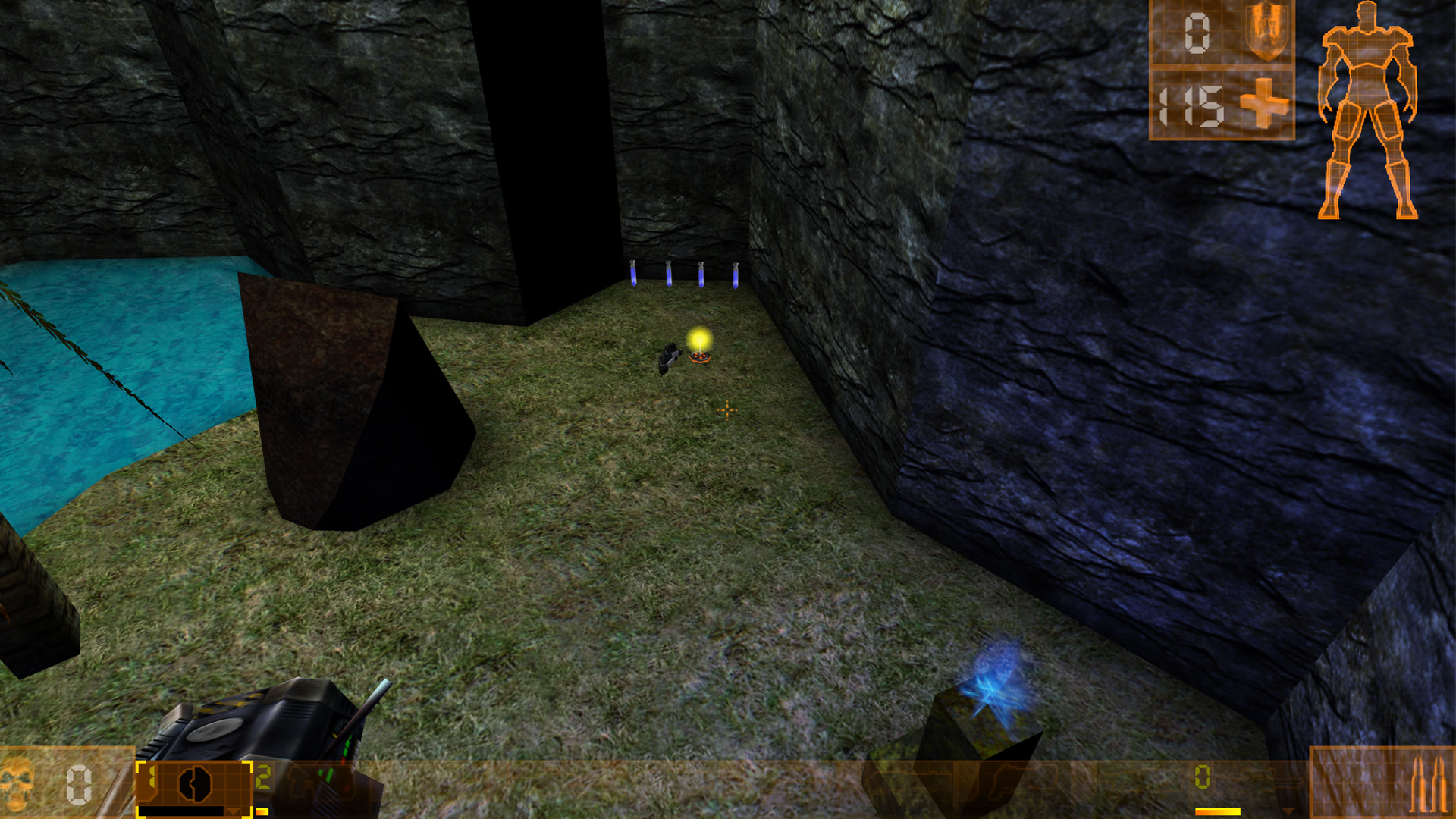
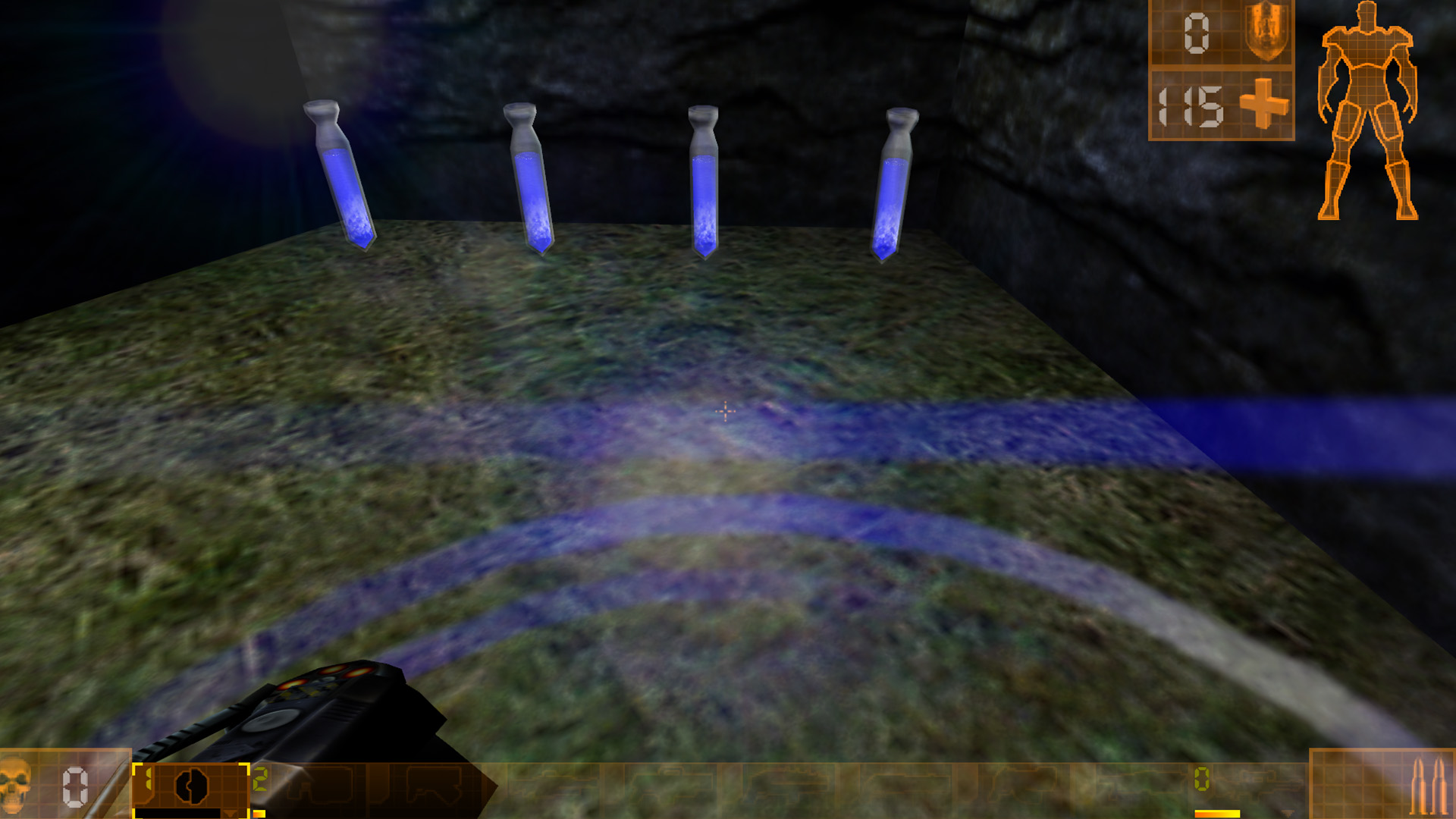
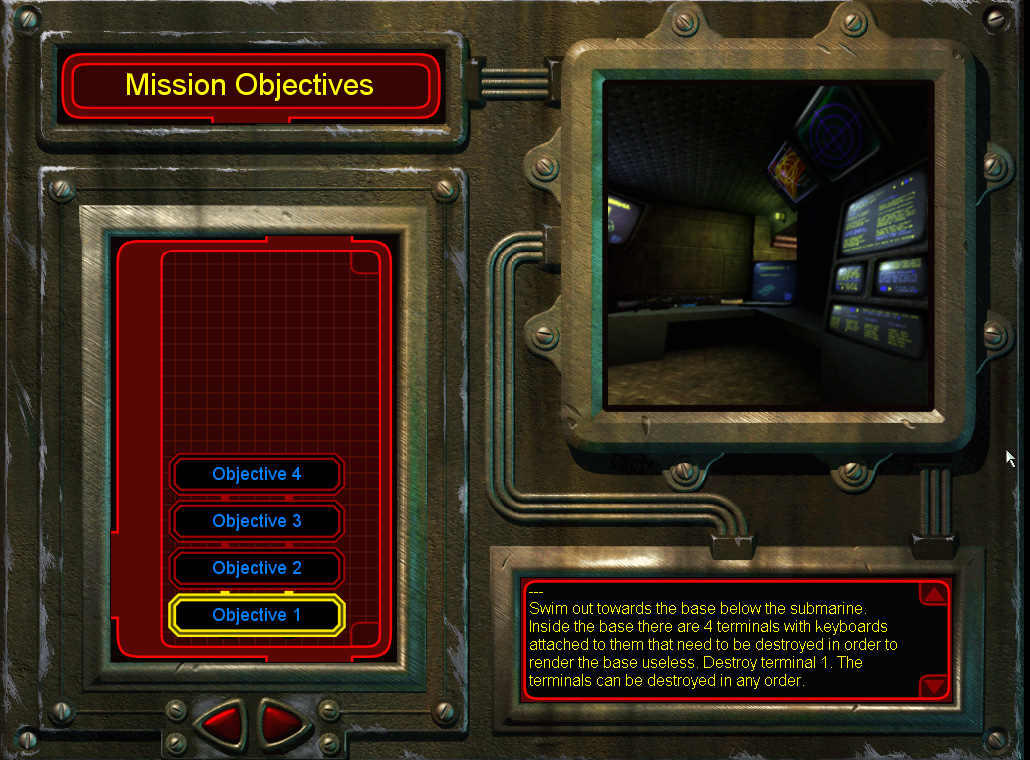
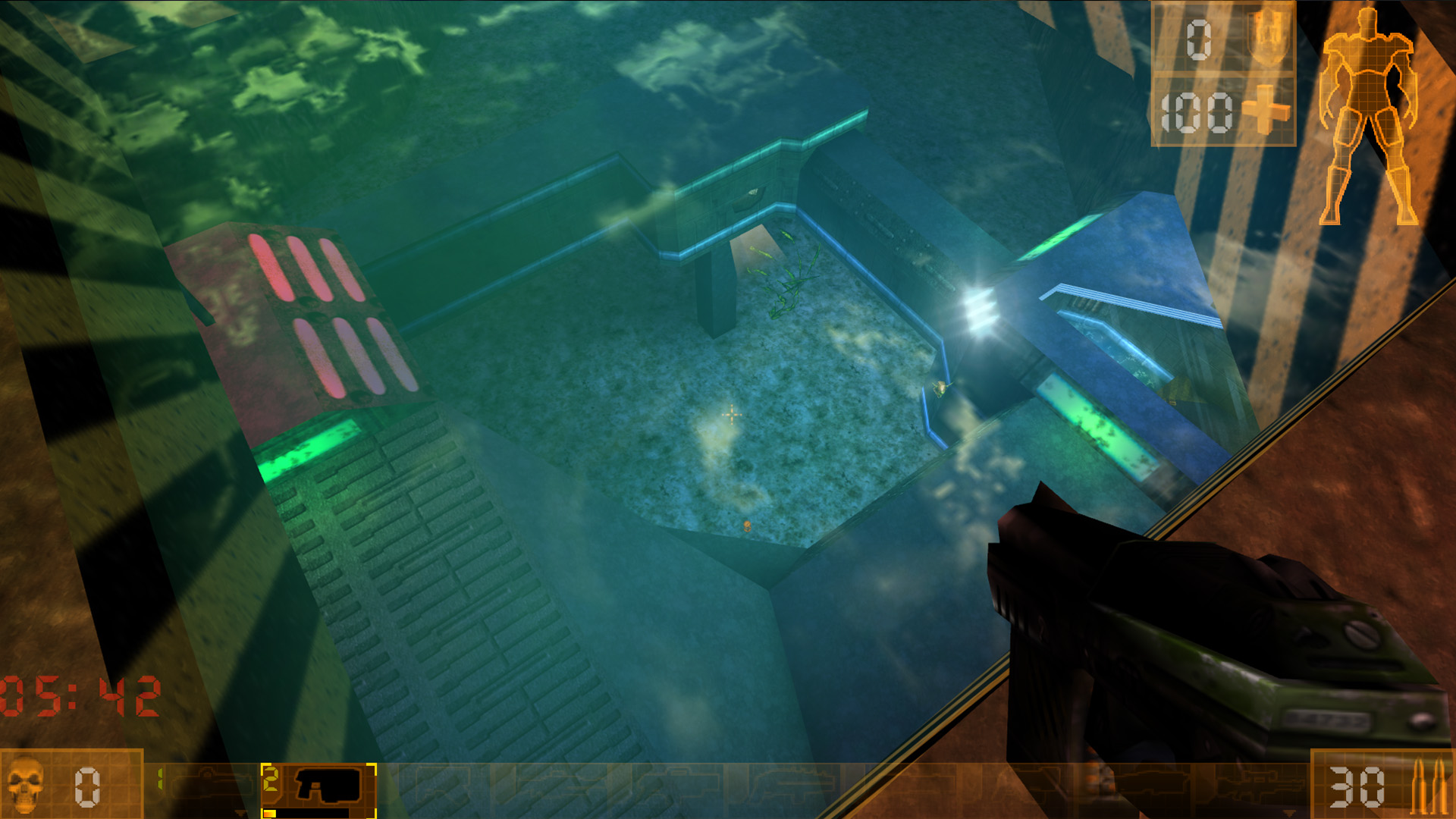
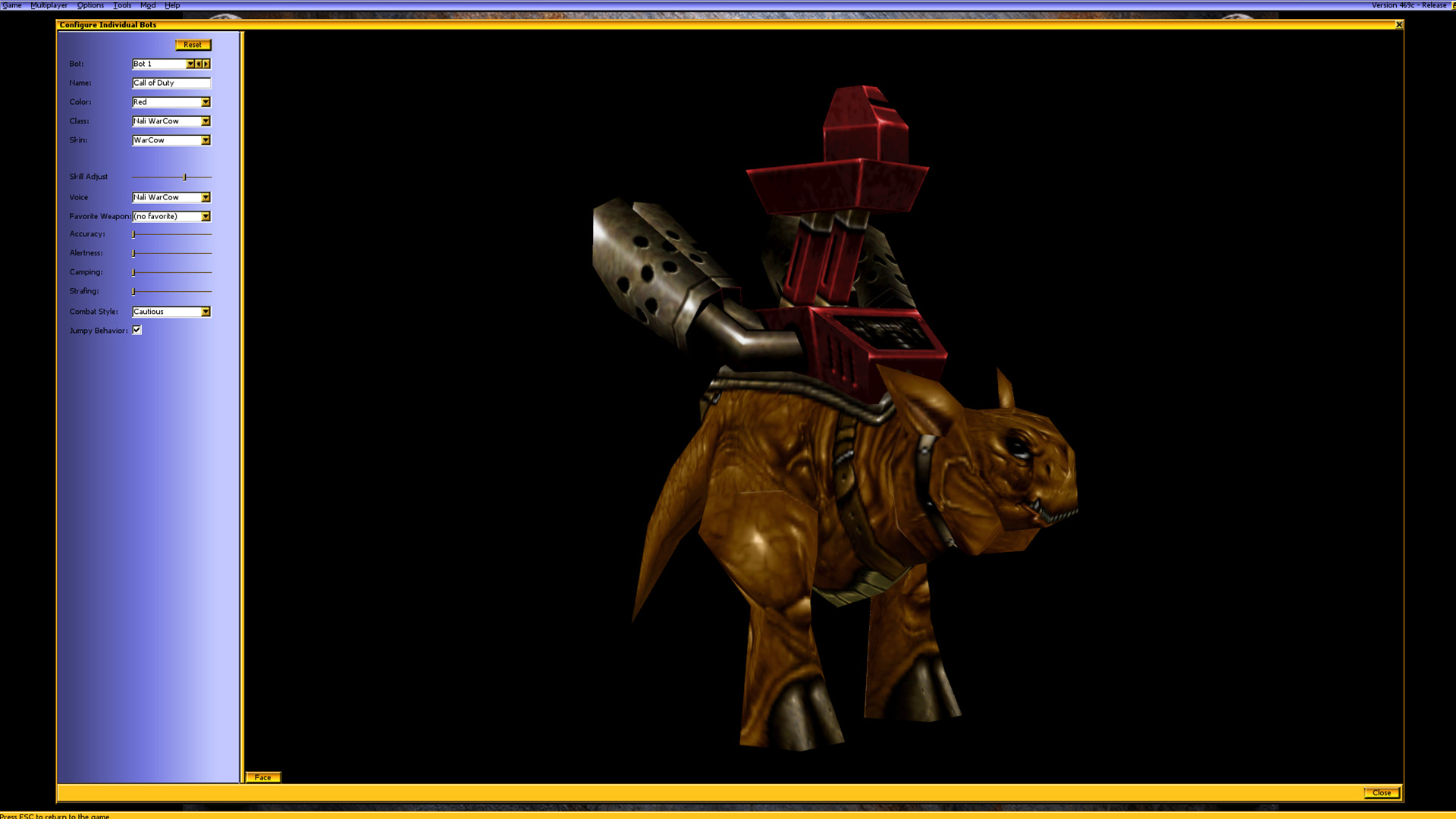
Comments
I spend countless hours in UT2003 (OG and 2004 too to a lesser degree) but I never realised that you can have more than 2 teams!
To quote one of my favorite shows: What we know is a drop, what we don't is an ocean.
What a throwback. These fast old games still have my whole heart. Unreal Tournament, Quake, Sauerbraten, et cetera. Even games like TF2, without the speed aspect. You're spot-on about music being a neglected part of multiplayer experiences nowadays. In my limited experience, I can only think of Rocket League, which isn't quite the same since the OST varies. Dedicated music still has a place in brawl games and MMOs, at least.
Speaking of music, this soundtrack is pure 90s gold. Thank you for introducing my ears. Little echoes of Moby, SSX, all these bits connecting together as I listen. D'you have any other soundtrack suggestions? New Spotify playlist idea unlocked.
Hah, do I. Yes, I do! So, from UT99's soundtrack, a song I rarely see put in the big OST videos since I believe it comes from a map added much later in the game is Isotoxin. I'd suggest looking further into all the artists that worked on every UT track you can find, there's lots of good stuff to find.
Additionally, there's the soundtrack of Unreal, the predecessor to UT99. I'd describe it as... the soundtrack of UT outside of a night club. Definitely a very similar vibe, just a lot more chilled out. Here's All Hallows Sunset, for example.
Something I've found very recently that I've listened to enough it has entered "My Mix" on YouTube is the remastered version of the Deus Ex soundtrack, which was composed (and remastered) by the same folks who did UT99! Here's the song Conspiracy Theory (Versalife and Majestic 12) off the remastered album and here's the OG version of Versalife for you to choose which version you like best, although I think both are great in their own way!
As a random bonus, I've also recently found the soundtrack to Need for Speed Hot Pursuit 2, which I used to play like an animal in the early 2000s. It's definitely not UT's genre, but if you did play NFSHP2, you'll find it just as nostalgic. It actually works pretty well for IRL driving as well, I've found: NFSHP2 OST
Thanks so much, Noxious <3 You've probably just fueled my next month!
Holy balls, used to be my game of choice back in the day.
Good old times! Iv got fond memories of this game :)
1v1 me!
Half-gravity, rockets only!
...is that a thing? I was only 8 when this game came out: I was playing Pokémon Silver and Final Fantasy VIII, not shooters lol
It is a thing!